detail profile arthur tracy
Peran Yang Di Mainkan Arthur Tracy
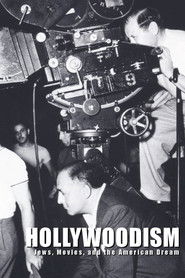 This film discusses the effect on...
This film discusses the effect on...Hollywoodism: Jews, Movies and the American Dream 1998
This film discusses the effect on how major American films in Hollywood were influenced by the Eastern European Jewish culture that most of the major movie moguls who controlled the studios shared. Through clips of various films, the filmmakers illustrate the dominant themes like that of the outsider, the outspoken American patriotism, and rooting for the underdog in society.
 Arthur Tracy and Lilli Palmer star...
Arthur Tracy and Lilli Palmer star...Command Performance 1937
Arthur Tracy and Lilli Palmer star in this 1930's British romantic drama. With his voice faltering due to nerves, celebrated stage performer "The Street Singer" (Tracy) parts company with the theatre and goes to live in a gypsy camp where he meets and falls in love with Susan (Palmer), an attractive young woman who is unaware of his fame.
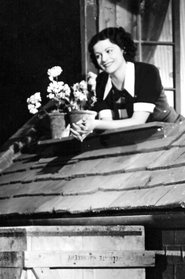 Following an argument with his costar...
Following an argument with his costar...The Street Singer 1937
Following an argument with his co-star during the rehearsals for a new stage show, famous singer Richard King walks out of the theatre, still wearing his ragged stage costume. Mistaken for a beggar, he’s taken in by a pair of street entertainers and joins their act incognito.
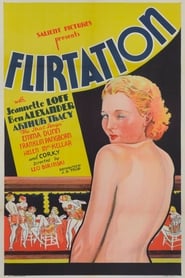 A naive farmer encounters a beautiful...
A naive farmer encounters a beautiful...Flirtation 1934
A naive farmer encounters a beautiful burlesque dancer on the streets of New York and agrees to pose as her husband during her mother's visit.
 The Happines Boys Billy Jones and...
The Happines Boys Billy Jones and...Rambling 'Round Radio Row #5 1933
The Happines Boys Billy Jones and Earnie Hare are invited to a party, but separate themselves from the rest of the guests, so they can not be urged to perform. However, they are watching the other guests from radio doing their stuff: song team Reece & Dunn, as well as the Funnyboners are singing, Smith Ballew and Frances Langford are exchanging love songs, Arthur Tracy tries his luck with a girl, just to find out that she prefers Bing Crosby and 4 orchestra leaders are trying to find out, who the best conductor is, by conducting a piece of recorded music....
 The top brass at a radio...
The top brass at a radio...The Big Broadcast 1932
The top brass at a radio station believe their popular new star singer is paying more attention to his love life than to his career.
 A Max Fleischer Screen Songs cartoon...
A Max Fleischer Screen Songs cartoon...Russian Lullaby 1931
A Max Fleischer Screen Songs cartoon with part of it devoted to cartoon animation and the other part to Arthur Treacy, radio's Street Singer, doing the Irving Berlin song, with words and dancing-ball double-exposed at the lower left of the frame for audience participation.
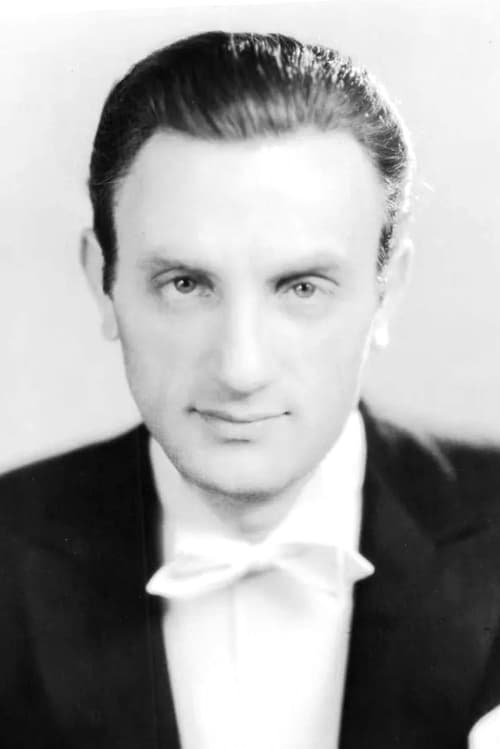
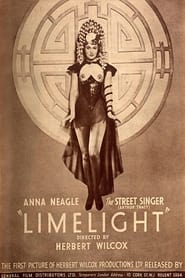 A chorus girl Anna Neagle discovers...
A chorus girl Anna Neagle discovers... A Screen Song from the Fleischer...
A Screen Song from the Fleischer...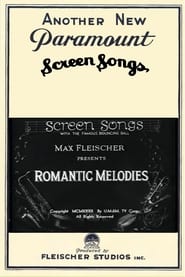 Bimbo leads an awful German street...
Bimbo leads an awful German street...